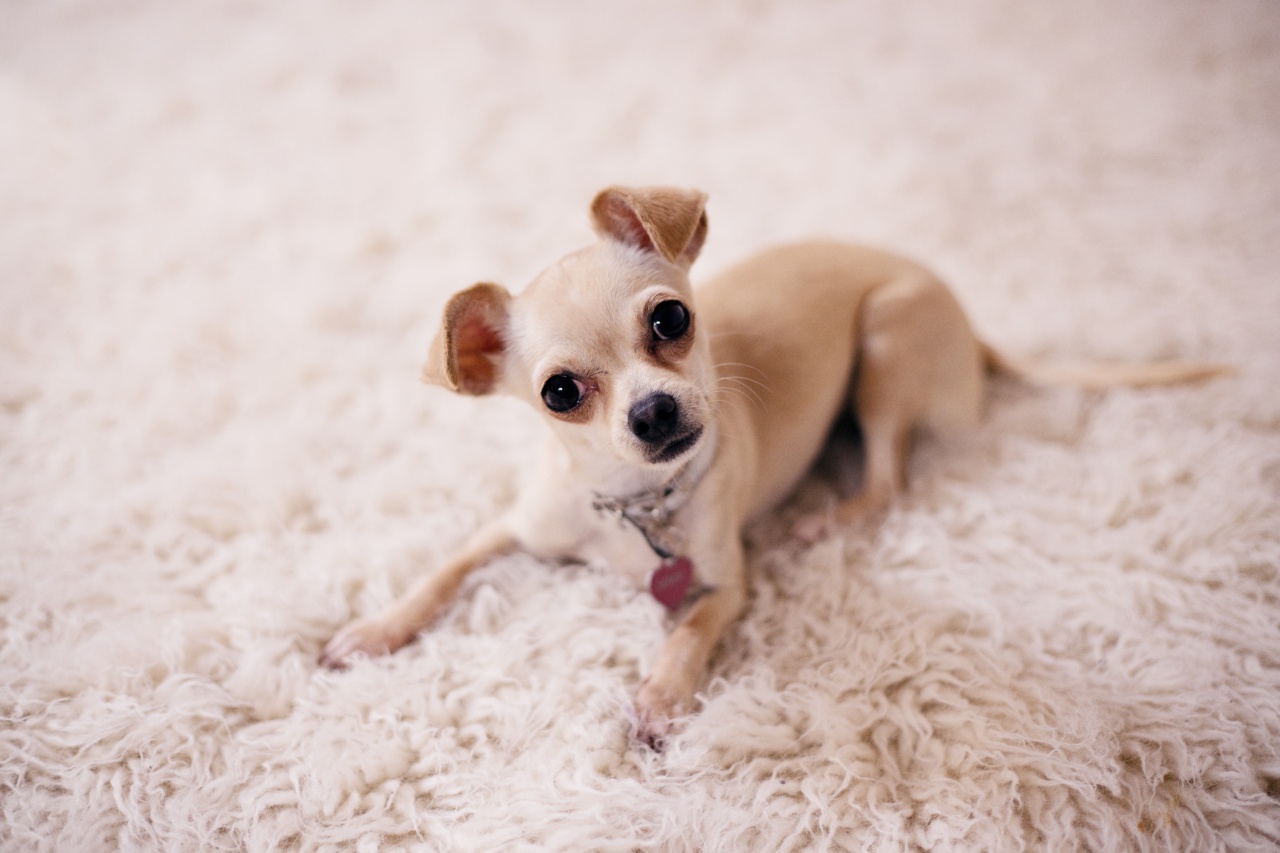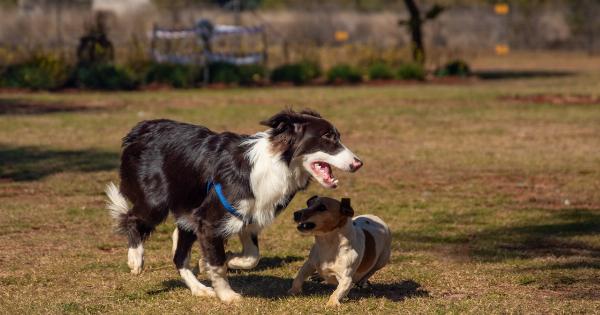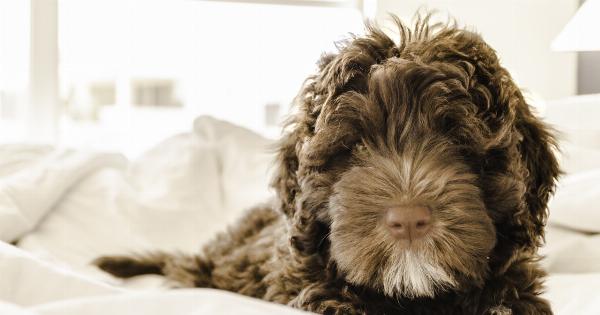Welcome to the ultimate guide to puppy potty training! Bringing a new puppy into your home is an exciting time, but it also comes with the responsibility of teaching them proper potty habits.
Housebreaking a puppy can be a challenge, but with a comprehensive approach and consistent training, you can set your pup up for success.
Understanding the Basics: When to Start and What to Expect
Before diving into the training process, it’s essential to understand when to start potty training and what to expect.
Generally, it’s best to begin when your puppy is around 12 weeks old, as they have better control over their bladder and bowel movements at this stage. However, every puppy is unique, so it’s important to pay attention to their individual development.
Creating a Positive Environment: Setting Up a Designated Potty Area
The first step in potty training your puppy is setting up a designated potty area. This can be a specific spot in your yard or a designated indoor area, such as a litter box or training pad.
Whichever option you choose, ensure it’s easily accessible to your pup and consistently reinforce that this is the designated spot for them to relieve themselves.
The Power of Routine: Establishing a Consistent Schedule
Puppies thrive on routine, and establishing a consistent schedule is crucial for successful potty training. Create a routine that includes regular feeding times, playtimes, and potty breaks.
Taking your puppy out to their designated potty area after meals, naps, and play sessions will help prevent accidents in the house and reinforce the habit of going potty outside.
Positive Reinforcement: Rewards and Encouragement
Positive reinforcement is key to any kind of dog training, including potty training. Whenever your puppy successfully goes potty in their designated area, praise them enthusiastically and offer a small treat as a reward.
This positive association will help them understand that going potty in the right place is desirable behavior.
Consistency is Key: Supervision and Crating
Supervision is vital during the potty training phase. Keeping a close eye on your puppy will allow you to catch any signs that they need to go potty and redirect them to the designated area.
If you can’t supervise your pup, using a crate can be helpful, as dogs naturally avoid soiling their sleeping area. Ensure the crate is appropriately sized, providing enough room for your puppy to stand, lie down, and turn around comfortably.
Recognizing and Responding to Potty Cues
Understanding your puppy’s potty cues is essential in preventing accidents. Common signs that they may need to go potty include circling, sniffing the ground, or whining.
When you notice these behaviors, promptly take your pup to their designated potty area and encourage them to relieve themselves.
Handling Accidents: Patience and Consistent Cleanup
Accidents are bound to happen during the potty training process. It’s crucial not to punish your puppy when they have an accident, as this may create fear or anxiety around going potty.
Instead, calmly clean up the mess, making sure to use an enzymatic cleaner to remove any scent markers that may attract them to repeat the behavior.
Nighttime Potty Training: Establishing a Bedtime Routine
Potty training during the night requires some extra steps. Before tucking your puppy into their sleeping area, take them outside for one final potty break.
Keep nighttime interactions calm and minimal to discourage playfulness and ensure a smooth transition from night to morning without accidents.
Problem-Solving: Addressing Challenges Along the Way
Throughout the potty training journey, you may encounter specific challenges, such as regression or difficulty with outdoor training. It’s essential to address these issues promptly and with patience.
Whether it’s consulting a professional trainer or adjusting your training approach, don’t get discouraged. Remember that every puppy learns at their own pace, and consistency is key.
Final Thoughts: Celebrating Success and Building a Lifelong Bond
Potty training is a process that requires time, patience, and consistency. By following a comprehensive approach and offering positive reinforcement, you can successfully housebreak your puppy and build a strong bond based on trust and understanding.
Remember to celebrate your pup’s successes and enjoy the journey of helping them become a well-behaved and happy member of your family.


























